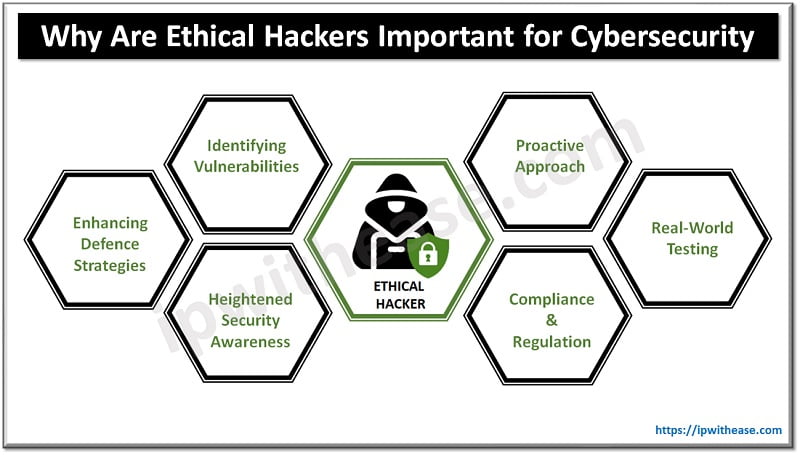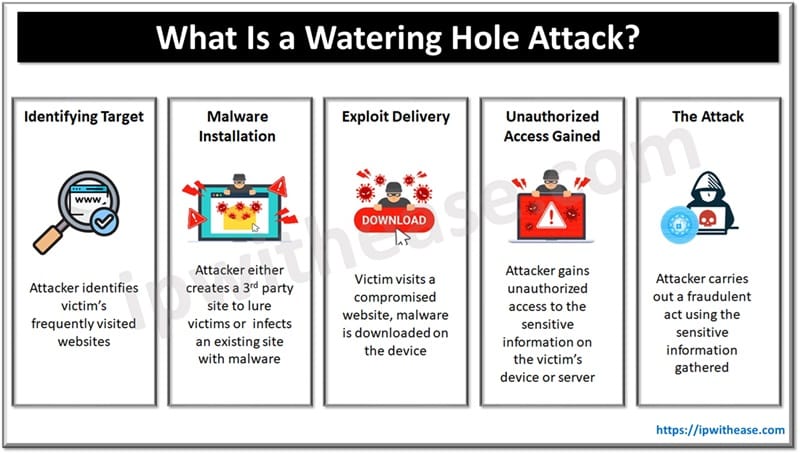Table of Contents
Online data privacy is a massive challenge.
In 2024, some of the most damaging data breaches resulted in billions of stolen records affecting millions. The challenge is that the technology and tools hackers use is becoming so advanced that people who aren’t focusing on their online data privacy don’t stand a chance. And do you even know how much control you have over your account? Interestingly, one study found that 73% of people believe they have little to no control over what companies do with their data.
Below, we’ll explore the growing challenges of online data privacy.

Understanding The Extent of Your Digital Footprint
1/4 to 1/3 of internet users don’t understand their digital footprint. It’s literally everything you do online.
Everything from signing up for newsletters (often unknowingly), putting your details into a checkout, or even just clicking on a website is your digital footprint. Almost every click you make online (including social media), is your digital footprint.
Even seemingly unimportant details like your email address can be vulnerable depending on where your digital footprint took you.
The Growing Demand for Data Removal Tools
Removing your online digital data isn’t necessarily tricky, it’s just not something people are doing.
Data removal tools are so effective, but we will say it’s essential to note you can never 100% erase your online data – due diligence is still essential. These services focus on assisting users in understanding the places where their data has already been collected and making efforts to erase it from online sources. You might also see them called data removal services, adopting a more aggressive approach so that any information on the internet is erased.
Accessing data removal tools is so easy, but they don’t solve the issue of data privacy and malicious attacks. Online users must also have strong passwords, use password managers, use VPNs (especially on unsecured networks), use incognito mode, restrict the information they input online, etc.
The Limits of Privacy Protection Tools
That leads us to some of the limitations – they aren’t a one-stop service to online safety. They don’t remove 100% of the data, but they do remove most of it and are super educational in showing people where their data actually is and how it might have got there. The limits of data protection and removal tools are almost mitigated if a user knows how to protect their online data. Note: These services also don’t protect against phishing and malware attacks.
What You Can Do to Safeguard Your Online Data Privacy
Apart from using data removal services, here’s what you can do to protect your data:
- Be Selective About Sharing Personal Information: Don’t just put your information anywhere and don’t always click ‘store for next time’. There’s no reason for you to store your data for next time other than you know it’s easier! And if there are optional data input sections – like your phone number – don’t put it in.
- Opt-Out of Data-Sharing Agreements: Some web tools and services allow you not to share your information with third parties. Do most people read them? Absolutely not. Most of the time, people click agree because it seems like the easier thing to do.
- Regularly Monitor Your Digital Footprint: Searching for your data means you can find out which of their information is available to the masses. Whenever any problems occur, like random spam phone calls, emails, or other activities that might indicate your data is somewhere it shouldn’t be, use data removal services. To monitor your digital footprint you can Google your name, use Google alerts for mentions of your name, review social media content, etc.
- Stay Aware of Phishing Scams: Phishing emails and websites are the worst. In 2023, 1.76 billion phishing emails were sent out, a 51% increase from 2022. Do not click on unsolicited emails, spam-looking emails, or links, and do not share any information without verifying authenticity.
The challenge of online privacy and security will only keep growing. It’s one of the fastest growing issues online with astronomical increases in cyber attacks – the phishing emails stat is one example. Do more to protect your online data!
ABOUT THE AUTHOR
IPwithease is aimed at sharing knowledge across varied domains like Network, Security, Virtualization, Software, Wireless, etc.



